When you’re ready to trade crowded islands for peaceful shores, the Nam Du Archipelago is waiting.
On this remote island, rugged cliffs rise above sparkling turquoise waters, while fishing villages sit quietly along the coast, untouched by mass tourism. Life here moves to its own unhurried rhythm, showcasing Vietnam’s coastal charm at its most authentic.
Tucked away in the southern seas near Phu Quoc, you can spend your days exploring Nam Du Island’s scenic coastal loop, soaking in sweeping ocean views, or simply relaxing by the clear waters. For a touch of adventure, hop on a boat to discover the beauty of its surrounding islets.
Here’s our complete guide to Nam Du Island, featuring essential tips, the best places to visit, where to eat and stay, and everything you need to know to plan your trip.


.jpg)
Planning a Last-Minute Trip to Nam Du
Short on time? Here are some quick tips and essential information to help you plan your trip to Nam Du Island today!
Where to Stay: Booking.com is our go-to platform to search for amazing hotels. Here are the top places to stay on Nam Du Island.
Best Time to Visit: November to April for the best weather conditions.
Reaching the Island: Reserve your ferry ticket from Rach Gia to Nam Du Island in advance.
.webp)
Nam Du Island Overview
Just southeast of Phu Quoc, the Nam Du Archipelago is made up of 21 islands. The largest is Hon Lon (Big Island) and is often referred to simply as Nam Du Island, covering an area of about 9 square kilometers.
Nam Du is the center for most of the tourism and infrastructure in the archipelago, known for its quiet beaches, rugged coastline, fresh seafood, and peaceful atmosphere. Recently, the hum of generators has been replaced with a constant flow of electricity, and the roads have been paved, creating a scenic loop.
However, like nearby Hon Son, Nam Du is facing growing pains with increasing development, and trash continues to be a concerning issue for both islands.

Read More: Guide to Visiting Hon Son Island
.webp)
Nam Du Island Map
Here’s our map of Nam Du Island, highlighting key areas to explore, along with recommended places to stay, eat, and the best viewpoints to check out.
Arriving on Nam Du Island
Arriving at Nam Du Island, you’re greeted by rows of seafood restaurants and faded wooden boats moored at the port. Their pastel colors and weathered engines make you wonder if they’re docked intentionally or simply left behind.
As you step off the ferry, the buzz of xe om (motorbike taxis) fills the air, with drivers eager to offer you a ride. Since accommodations are scattered across the island, hopping on a bike is a smart choice if you’re staying beyond the main town—just be sure to pack light.
Note: Most accommodations offer pick-up services and will typically reach out to confirm your arrival time.
.webp)
Exploring Nam Du Island
Although Nam Du Island doesn’t offer a wide range of activities, it compensates with an incredible scenic loop. Steep, narrow roads wind through lush greenery, past jagged cliffs, and alongside sparkling blue waters. The dramatic cliffs and rocky shores are reminiscent of those on Con Dao Island.
Once you’ve settled into your accommodation, the first thing you’ll want to do is rent a motorbike and start exploring this stunning island.
Heading to Vietnam soon? Make sure you have travel insurance! Get your coverage at Heymondo today and save 5% as our reader.
.webp)
Main Town
The main residential area of Nam Du is a network of narrow alleys weaving between houses and small stalls. Homes are clustered near the port, stretching along the eastern coast, right by the sea. This lively area is where you can find the vibrant Ba Chua Xu Temple and a bustling market, where you can catch a glimpse of fresh seafood being sold.

Around the port, rows of seafood restaurants line the streets. By afternoon the market comes alive, brimming with tempting snacks like banh trang me (rice crackers with sesame) and ca vien (fish balls).

Read: Top Places to Add to Your Vietnam Itinerary
Fishing Village
Tucked away on the northern tip of the island, a small fishing village sits quietly, with just a few houses lined up along the coast. These are connected by a narrow road, barely wide enough for a U-turn.
In the morning fishermen return with their night’s haul, while the afternoons take on a relaxed vibe as only a few boats drift back to shore. You’ll also catch views of Dam Island just offshore.
During our visit, we watched kids wading through the shallows, scavenging for food using makeshift floats and improvised goggles.
Getting to the village is half the fun. Start by heading toward Ngoc Lam Bai Nhum Guesthouse, then follow the road north to reach the village. The route winds along narrow, steep roads where thick bushes hug the edges.
Some of the most charming fishing villages we've explored are found along Vietnam’s southeast coast. Check out Nhon Hai in Quy Nhon or the famous fishing village in Mui Ne.
.webp)
Highest Viewpoint
Take the road leading to the lighthouse for the island's highest viewpoint. While you're not allowed to go all the way up due to a military post (you’ll see the signs), there’s a small clearing halfway with breathtaking views of the island.
The road is rocky, steep, and dusty, so be prepared for a challenging climb. If you're not comfortable driving, you can always walk up instead.
.webp)
Another viewpoint nearby is along the road near the Nam Du Palace, which stands out as an eyesore against the natural beauty of the landscape.
From here, you’ll get the best view of Dat Do Beach below where palm trees line the shore and colorful fishing boats float in the sparkling waters.

Read: How to Visit Hang Mua Viewpoint in Ninh Binh
.webp)
Ngu Beach
Near Dat Do Beach, you’ll find a fishing village by Ngu Beach, a community where maze-like roads wind between homes built around towering coconut trees that jut boldly through their tin roofs. Follow the ramp to the dock, for a full view of the village stretching along the shore.
During our visit, we spotted children fishing and playing along the dock. The water looked incredibly inviting for a swim, but with the current picking up and no clear spots to climb out, we didn’t dare to jump in.

Read: Tu Nham Beach: Visit One of Vietnam’s Hidden Beaches
.webp)
Cay Men Beach
Tucked into a quiet cove on the island’s southwest coast, Cay Men Beach is our favorite spot, with its palm-lined, biscuit-colored sands and gentle waves. The swimming area is roped off, making it a safe, calm place to relax in the waters. Simple shacks line the beach, offering simple food and plastic chairs for a laid-back afternoon.
The northern end of the beach is scattered with rocks, while the southern end has a few piles of trash, which is a shame. Still, the beach itself remains relatively clean overall.
For some of Vietnam’s most peaceful beaches, head to Phu Yen, where you’ll find long stretches of untouched sand and turquoise waters, all without the crowds.
.webp)
Whale Temple
South of Ngu Beach sits Dinh Nam Hai Ngu Than, a Whale Temple where a 14-meter whale skeleton is displayed in a glass case, illuminated by neon lights. The whale on display was found drifting off the shore of Nam Du Island in October 2017.
From the temple's courtyard, you can spot Ngu Beach stretching out in the distance.
Background: In Vietnam, whales are believed to bring good luck and protect fishermen, guiding their boats through storms. This belief, originating from the ancient Cham people, is part of a tradition known as Le Cung Co Ong (Whale Worship). Fishermen view Ca Ong, the whale deity, as a guardian who shields boats during rough seas. The practice stems from whales' natural behavior of approaching boats, particularly during storms, which has led to the belief that they help keep boats afloat and guide them safely to shore.
.webp)
West and South Coasts
The western and southern coasts of Nam Du reveal the island’s unspoiled beauty. Beyond the Whale Temple, the cliffs on the west rise higher and become more rugged, revealing sweeping views of Nam Du’s vivid blue waters on one side and plenty of greenery on the other. The area remains untouched, though road construction during our visit hinted at changes to come.
.webp)
Along the roadside, look out for the Banyan tree, a striking figure towering above its surroundings. In Vietnam, there’s a fascination with these lone, towering trees—often called ‘Lonely Trees’—which have become iconic photo spots for visitors across the country.
The southern coast shares the same untouched charm, with numerous viewpoints offering panoramic views of the islets and the expansive southern sea. As you continue along, you'll notice an increasing number of accommodations popping up.
Looking for the best motorbike itineraries in Vietnam? Here are routes from the iconic Ha Giang Loop to hidden trails in the Mekong Delta and remote Northwest.

Boat Tours in Nam Du
Beyond exploring the main island by motorbike, boat tours stand out as one of the highlights of Nam Du—and are perhaps what the island is best known for.
Tip: For the best experience, book your boat tour through your accommodation, where you can easily choose between a group or private tour.
.webp)
Most boat tours to the outlying islands follow a similar route, typically starting with a visit to Mau Island. As one of the most popular stops, Mau Island is home to Chuong Beach, widely regarded as the archipelago’s most beautiful spot, with its powdery white sand and a fringe of coconut palms.
Other frequent stops include Hon Dau and Hon Ngang, with Hon Hai Bo Dap standing out as a snorkeling highlight —though it’s worth noting that some of the corals have been degraded.
Visit Ninh Binh for iconic boat tours through the towering karst mountains, underwater caves, and temples of Trang An Scenic Complex and Tam Coc.
.webp)
Eating and Drinking on Nam Du
Nam Du Island is home to numerous restaurants serving fresh seafood, while many homestays provide meals or let guests buy seafood from the market and have it cooked on-site.
Here are our favorite spots to eat and drink on the island.
Phuoc Hung Thien: One of the many restaurants by the port serving fresh seafood, from fish to snails and crabs. 7am-11pm
Nam Du Hill: A spacious, modern restaurant and cafe with sea views. If you're craving something other than seafood, this is the spot. Don’t miss their BBQ platter! 6:30am-10pm
Bay Tho Lan: A popular seafood spot near the street by Cay Men Beach, known for its oysters, which are served grilled or in porridge—a local favorite. Hours vary
Where to Stay
Most of the island’s accommodations are simple homestays, primarily located near the main port. During our visit, we stayed at Nam Du Hill, which is perched on a hilltop with great views of the archipelago.
The rooms, though small, are cozy and well-equipped for a comfortable stay. The staff speaks English and provides a convenient pickup service from the port.
.webp)
Situated on the west coast, Meta Sea Resort boasts some of the best ocean views and is perfectly positioned for stunning sunsets. The resort also has an on-site restaurant.
Best Time to Visit
Visit Nam Du Island during the dry season, from November to April, for clear skies and calm seas. From June to September, monsoon rains bring rough seas and strong winds, often leading to ferry cancellations.

Read: Best Time to Visit Vietnam
.webp)
How Long to Visit
Plan at least two full days in Nam Du to explore the main island—drive along the coast, discover hidden beaches and visit local fishing villages. This will also give you enough time to go on an island-hopping tour to the surrounding islets.
Planning your trip to Vietnam? Check out our complete itineraries, including options for 2 weeks in the north, 3 weeks, or a full month of exploration.
.webp)
How to Get to Nam Du: Ferries and Transport Tips
To reach Nam Du Island, first travel to Rach Gia by bus or plane. Frequent buses run from Ho Chi Minh City and other Mekong Delta destinations, while flights from HCMC to Rach Gia Airport operate twice a week.

Book your bus to Rach Gia from Saigon here.
From Rach Gia, you can take the Superdong or Hoa Binh ferries to the island, which take about 2.5 hours and costs around 230,000vnd ($9). Keep in mind that ferries are more likely to be canceled in rough weather, especially during the rainy season.
While tickets are available at the ferry port, it's best to book them online in advance.

Book your ferry tickets to Nam Du Island here.
.webp)
Hon Son Island to Nam Du Island
Traveling from Hon Son Island? Hoa Binh Ferry currently operates a morning ferry to Nam Du for around 100,00vnd ($4). Departures aren’t daily, so check their website for the latest schedule. Note that their site isn’t secure, so we recommend avoiding online bookings.
.webp)
Here are your two options to book instead:
Option A: If you have a Vietnamese bank account, you can book through ZALO (+84 901867902). Otherwise, ask your accommodation to book a ticket for you by phone.
Option B: Visit the Rach Gia port to purchase tickets in person before heading to Hon Son Island. However, be aware that tickets often sell out quickly, especially on weekends.

Getting Around the Island
The best way to see Nam Du Island is by motorbike, which you can easily rent at your homestay for about 150,000vnd ($6) per day, including gas. While most of the island forms a scenic loop, the majority of the northern section remains inaccessible.
For more island discoveries, head to Con Dao Island, where pristine beaches, rich history, and breathtaking landscapes await.
If you’re looking for an off the beaten path destination that’s still easily accessible, head to Quy Nhon on Vietnam’s southeastern coast. The city offers a blend of modern amenities and untouched beaches, making it a peaceful retreat away from the crowds.
If you have any questions or need more details on Nam Du Island, leave a comment below.
Some links in this Nam Du Travel Guide may be affiliate links.
This means that if you make a purchase after clicking on one of our links, we will receive a small commission at no extra cost to you. Please know that by doing so, you are supporting Colorful Journeys in continuing to provide free high quality content to help you in your travels!
.webp)



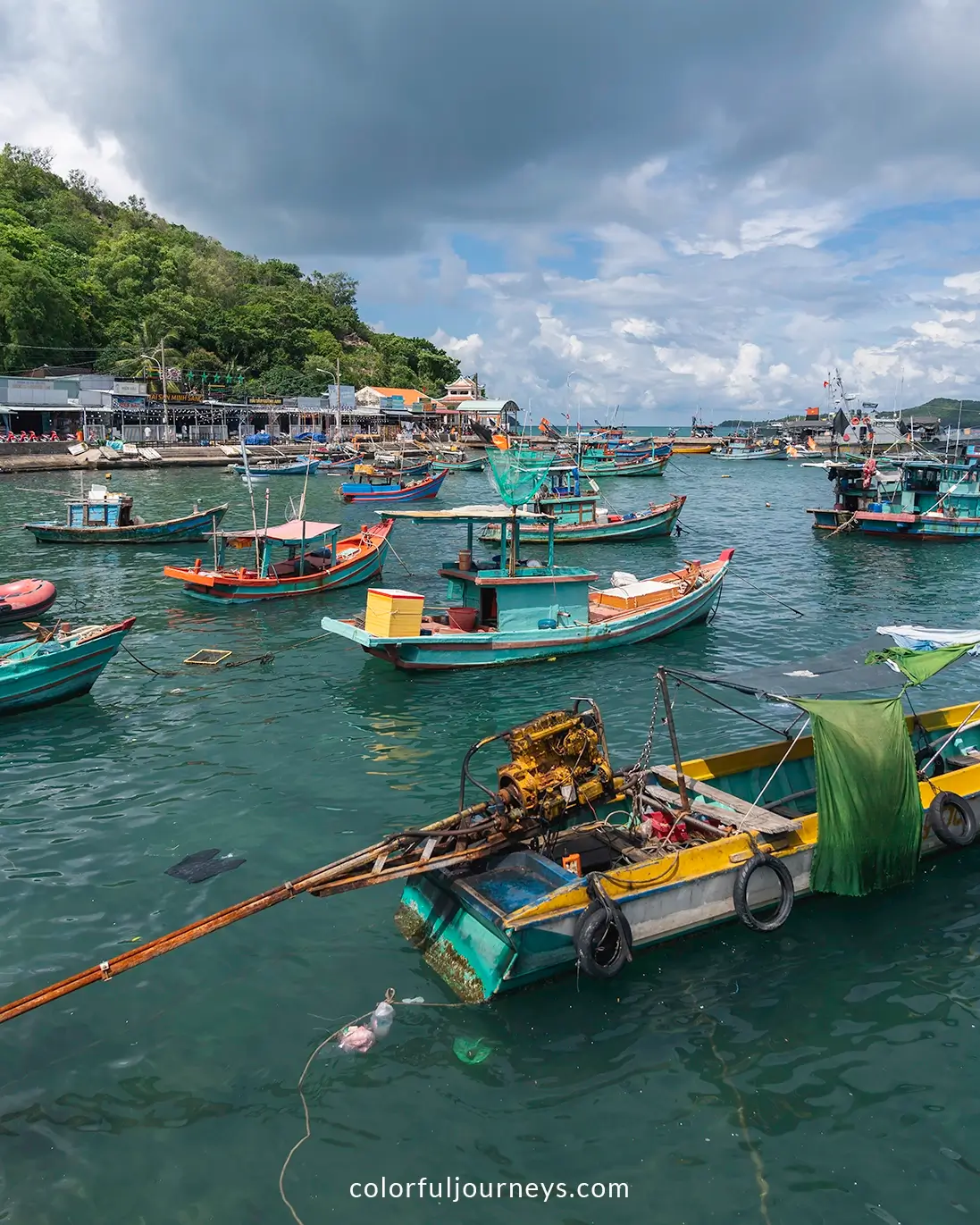
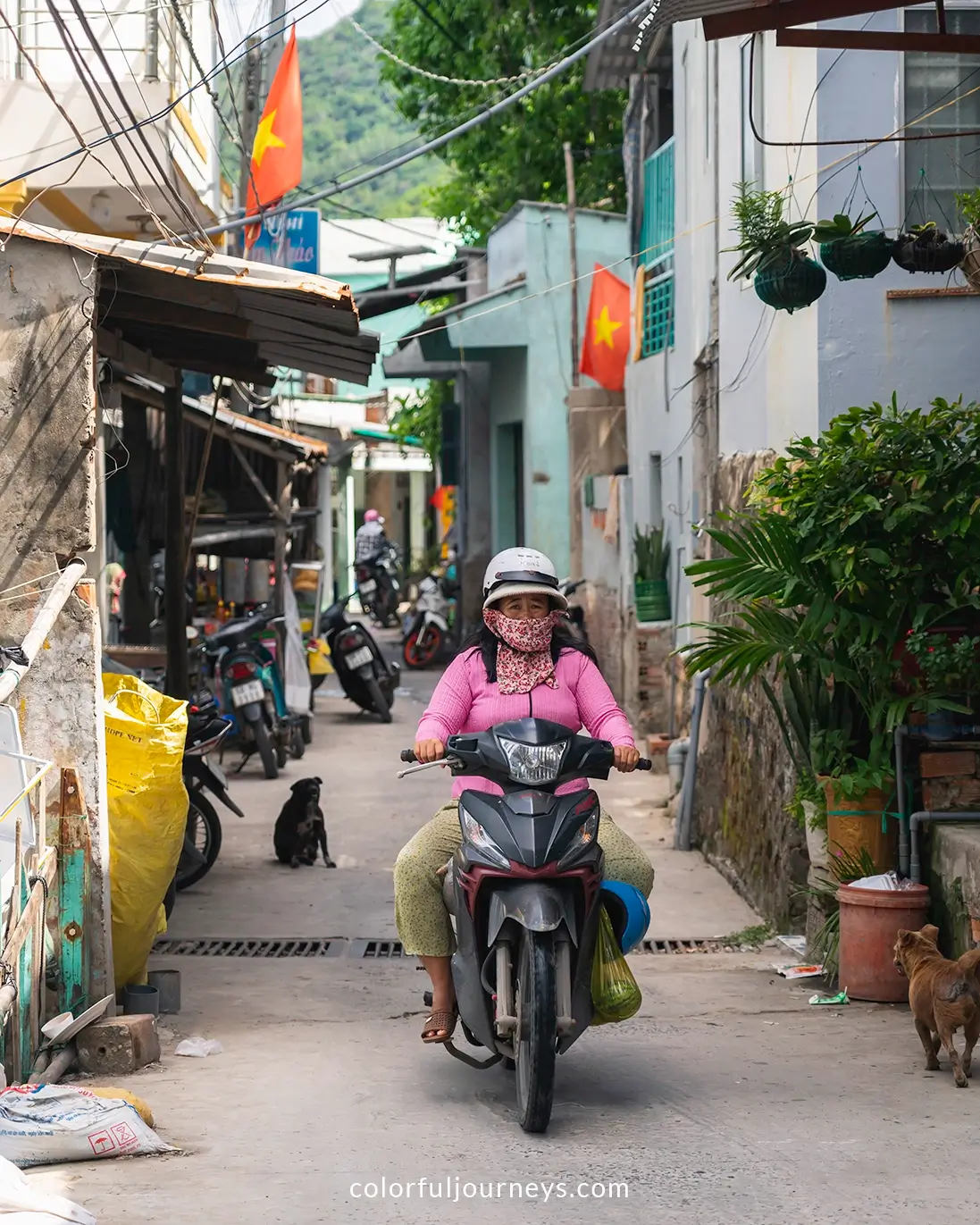
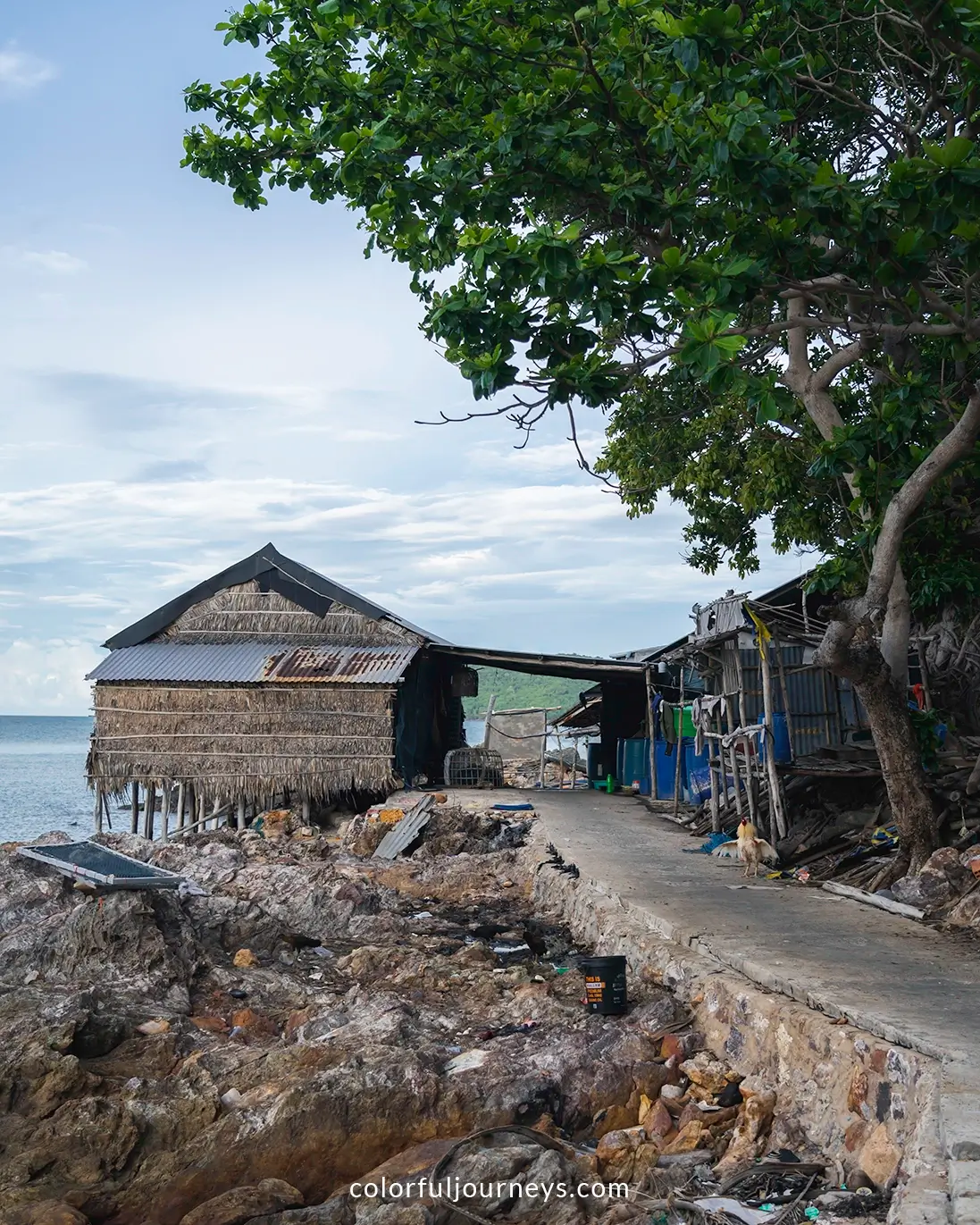
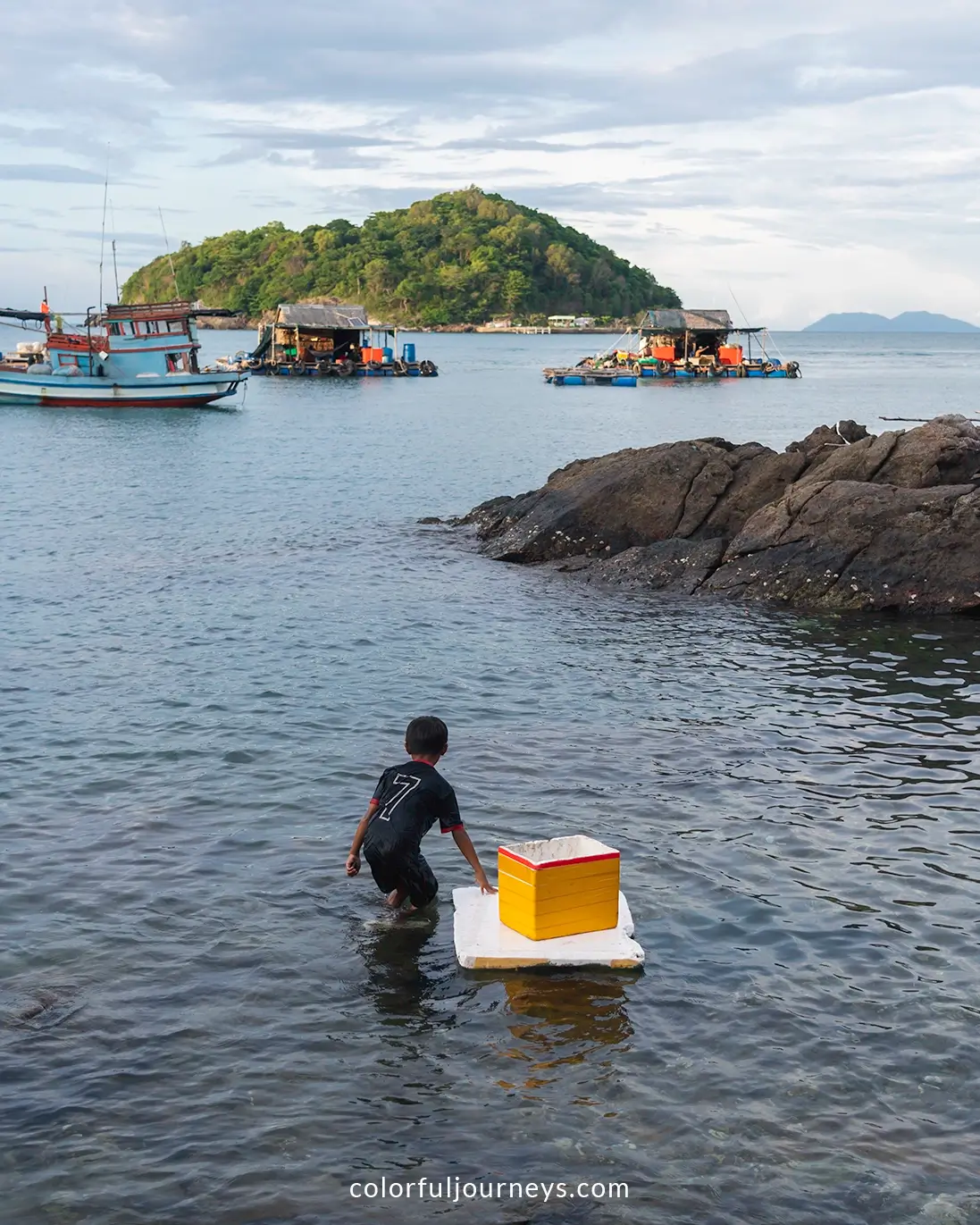
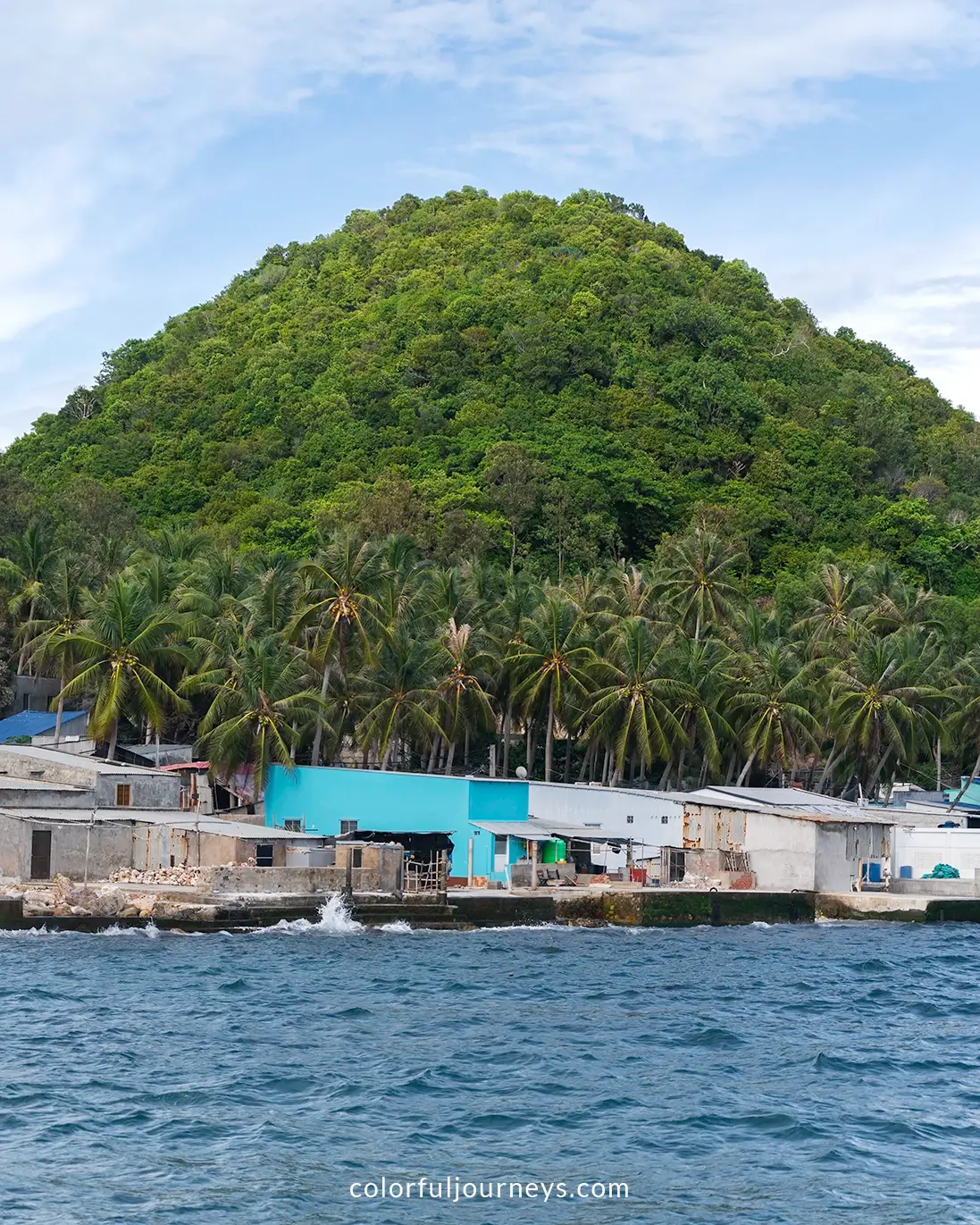
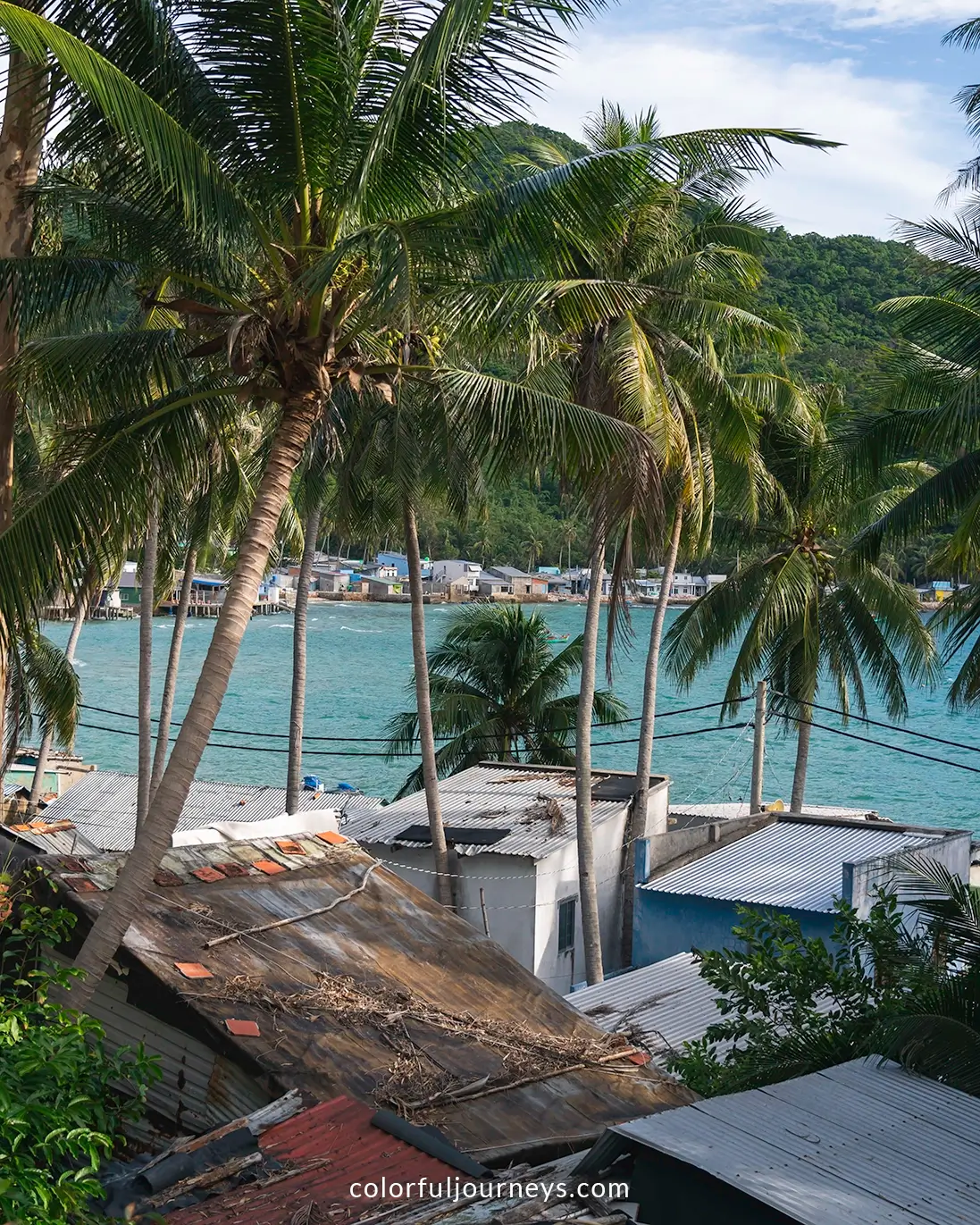
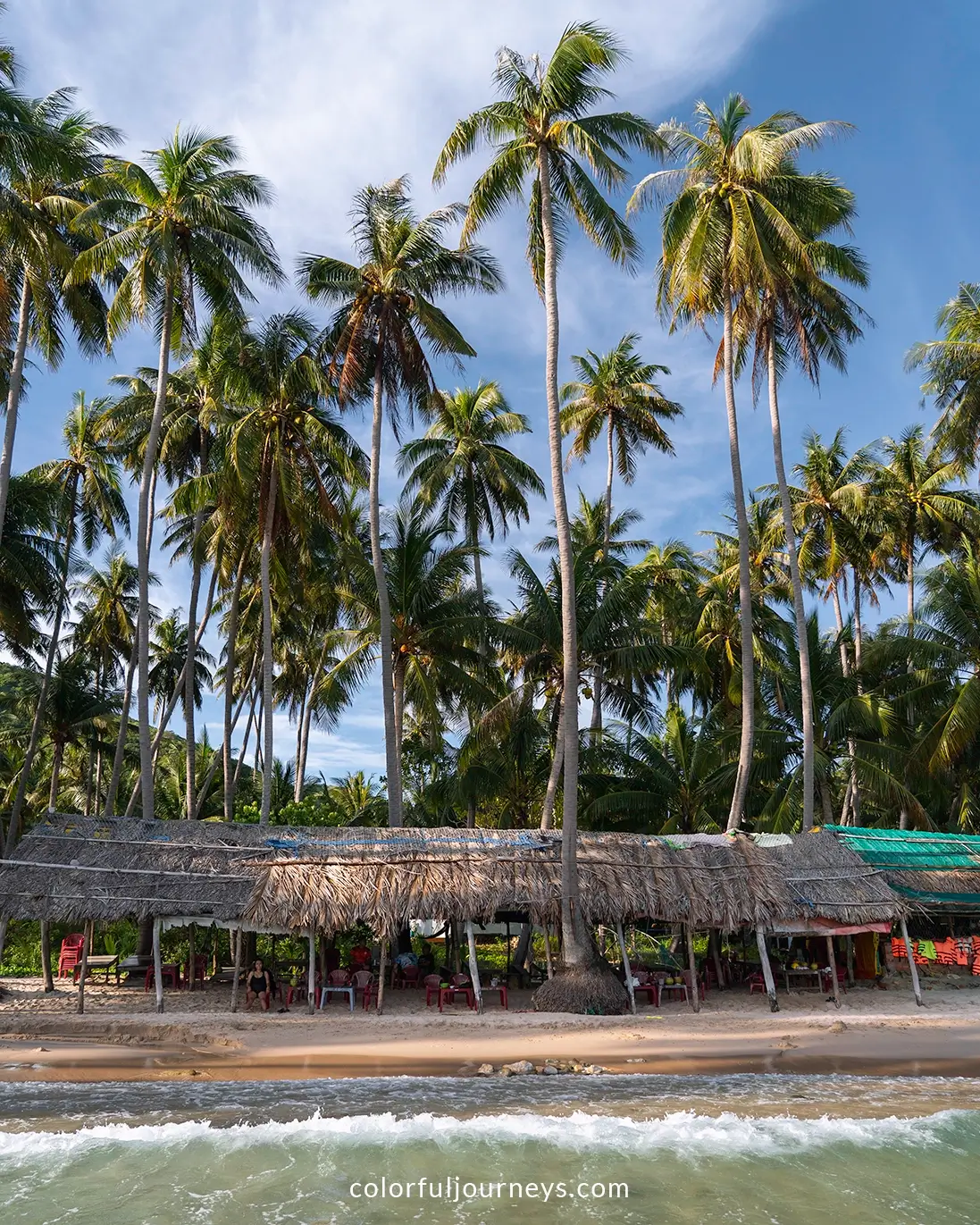
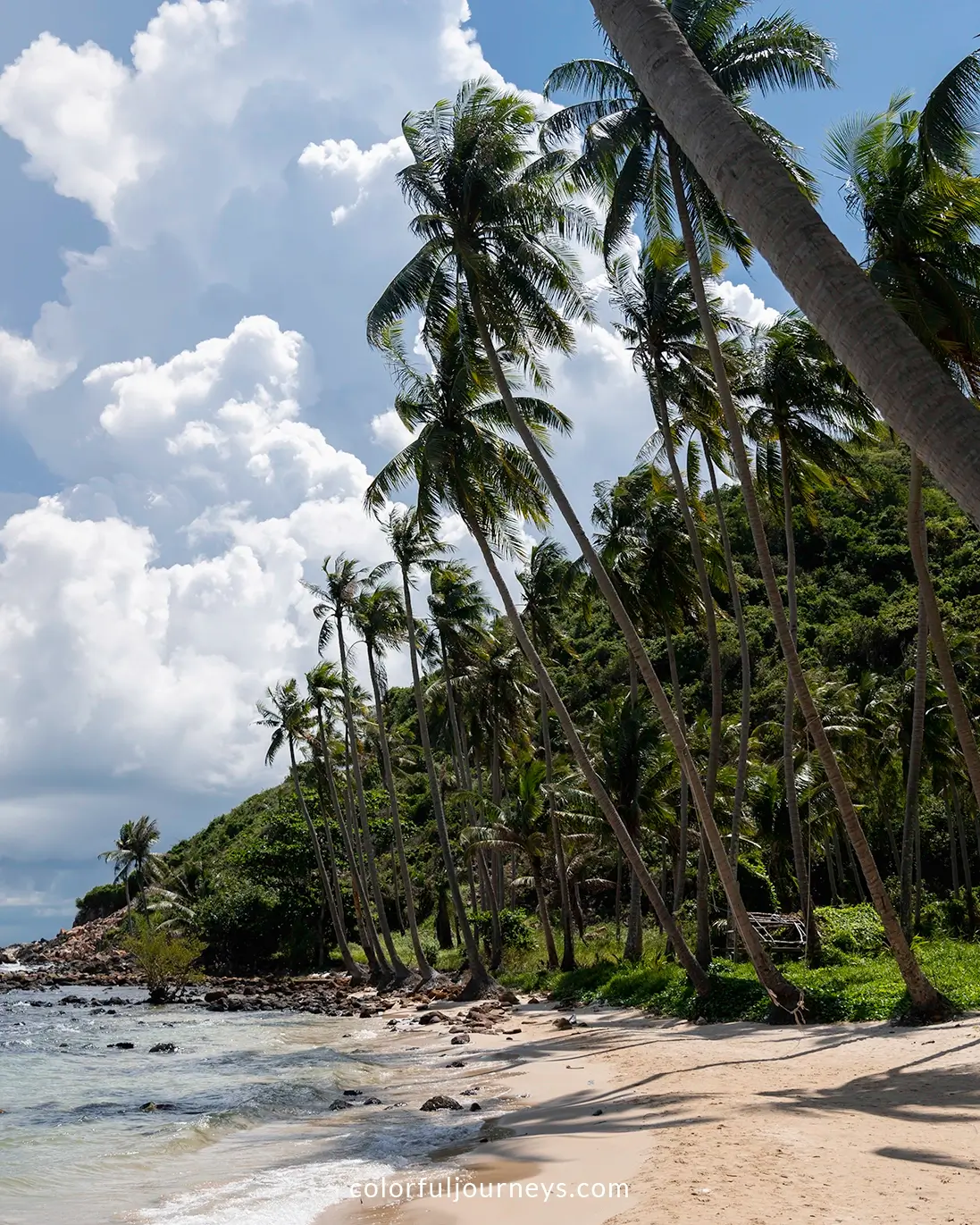
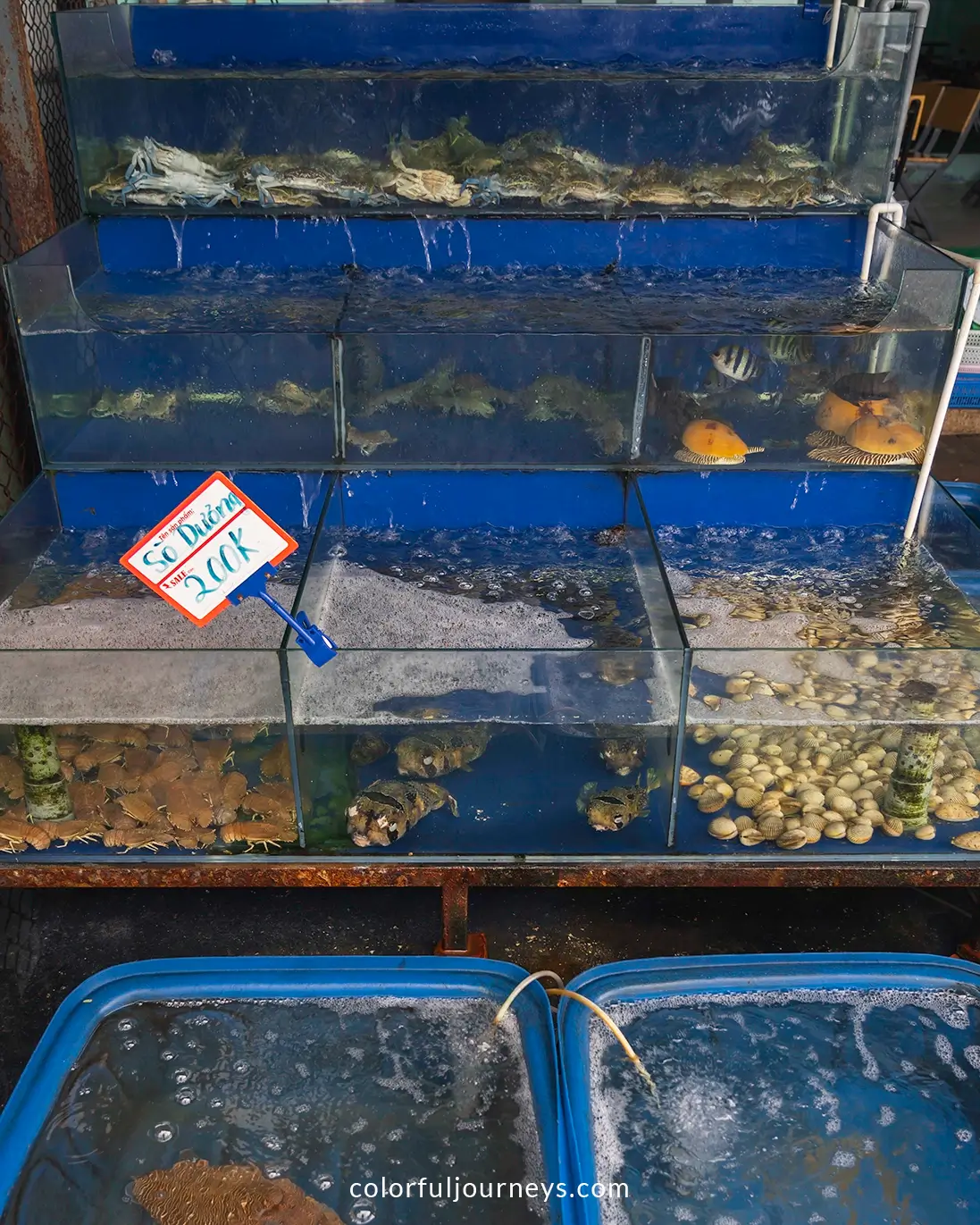

.webp)
.webp)
.webp)
.webp)
.webp)